The photographers who refuse to abandon traditional film cameras
- Published
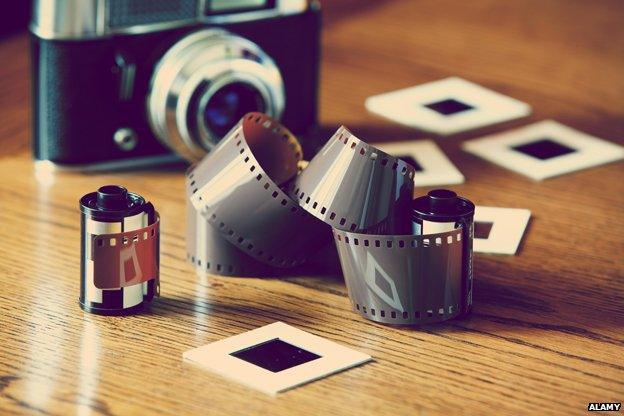
Film photography was supposed to have been killed off by the digital era - but a committed band of enthusiasts refuse to abandon the traditional camera. Stephen Dowling finds out why for some, film never went out of fashion.
Photographer Patrick Joust spends a great deal of time on the streets of his native Baltimore, drawn to capture both the city's residents during the day and the lamp-lit solitude at night. He does all of this on film.
"It's the medium that works best for the kind of work I want to do," says Joust, who often lugs three cameras around the streets, loaded with different kinds of film.
"These old cameras can disarm people and can be the starting point for some great portraits. There's something more friendly about film cameras, even quaint, and I try and make that work for me."
Joust's refusal to move to digital might seem seriously out of step, given that the vast majority of images are now taken on a digital sensor.
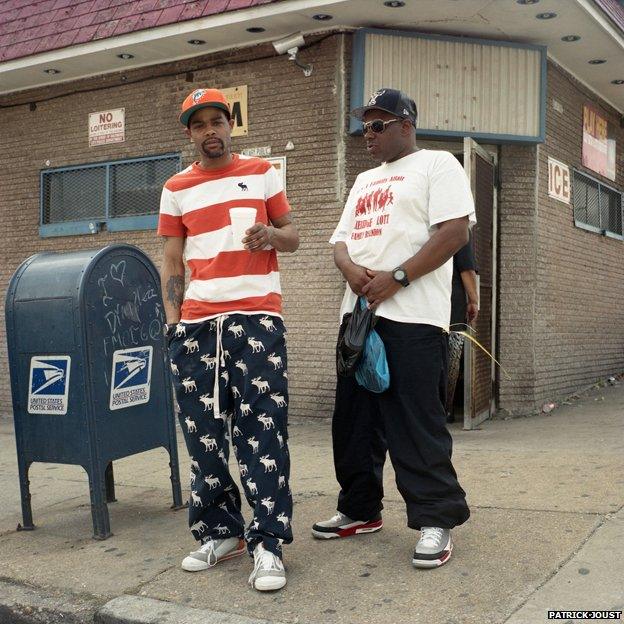
But he's part of a growing wave of photography enthusiasts who remain committed to the old technology.
Some are returnees who used film in years past, but many are younger photographers too young to have used it the first time around. That blossoming interest fuelled Film Photography Day, which took place on 11 April, encouraging photographers to swap megapixels for film.
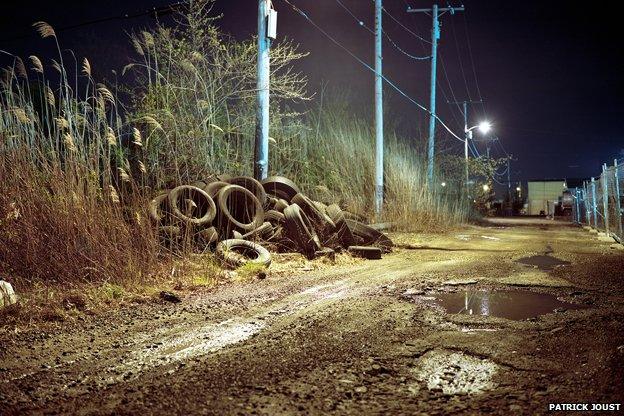
Edgar England, a manager at London's West End Cameras, which specialises in film and film developing, says that a decade ago a pallet of hundreds of rolls of film might take six weeks to sell out. Now it only takes a few days.
His store sells darkroom supplies and the wall behind the counter - and it's a long counter - is piled high with various films. His lab even develops black and white film by hand.
Digital photography's ever-increasing sophistication - especially in the cameras found on our smartphones - might have something to do with film's revival, he believes.
"Everybody has a phone which will do pretty good images so there is a bit more satisfaction to be able to say that this is a 'real photo' that I actually shot on film myself," England says.
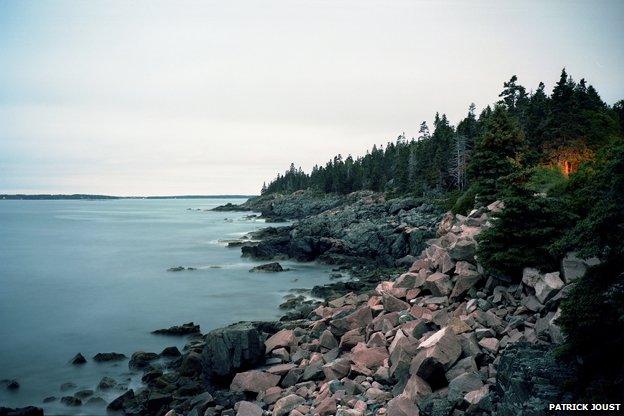
Like the recent vinyl resurgence, this reappraisal has been under way for some time. England saw a niche starting to emerge back in the mid-2000s.
But the apparent death knell for film first rang as far back as 1975. In December of that year, Steve Sasson, a young engineer working for photographic giant Kodak, built the first working example of a digital camera. It may have weighed nearly eight pounds and stored its (black and white) images to a cassette tape, but Sasson's experimental prototype was a revolutionary device. The digital genie was out of the bottle.
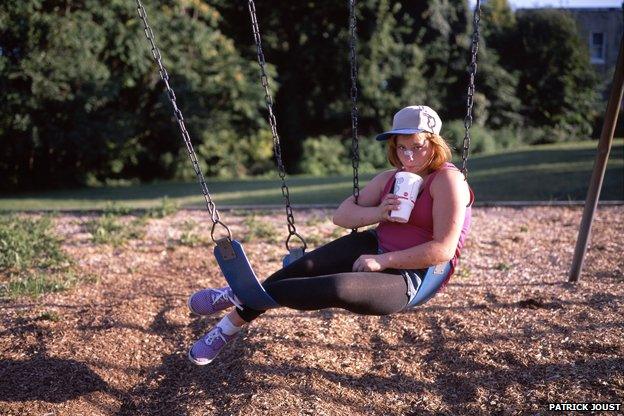
The heralding of film photography's "death" would take some time to come, but by the early 2000s digital cameras were cheap enough to replace the happy-snappy film compact camera for holidays, and digital SLRs (single-lens reflex) were reliable enough to convince many professionals and serious photographers to make the switch.
With each passing year the industrial giants that had churned out rolls of film in their hundreds of millions stuttered or shuttered. Brick and mortar, high-street camera stores and the labs that had developed film closed their doors.
The smartphone revolution delivered a camera small enough to fit in a pocket, documenting the most mundane minutiae of our lives.
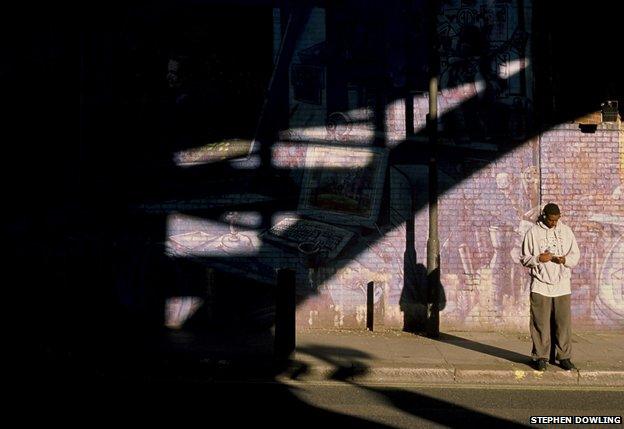
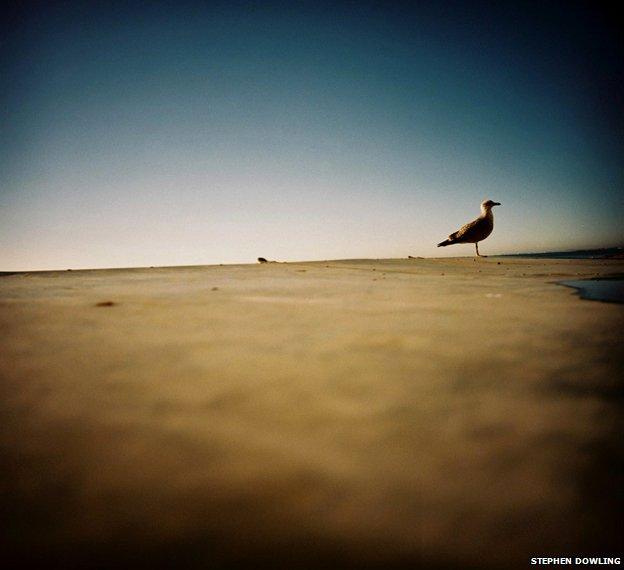
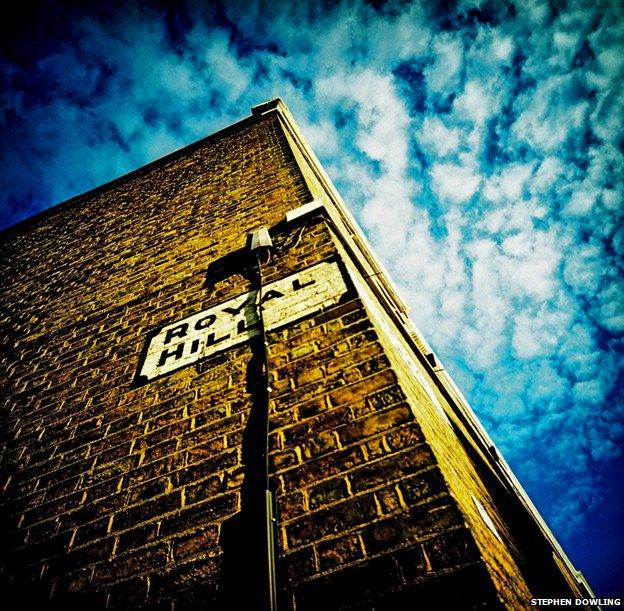
No more loading cameras with rolls of film and winding on. No more running out of film at the perfect moment. No more getting prints back from the lab to find that a "perfect" shot had been ruined by a stray thumb or a dose of red eye. No negatives to get scratched, or lost, or covered in dust. No maddening maths to contend with in order to get a properly exposed picture on a clunky, clockwork camera.
And when digital is so convenient, why would you stick with film, with all its frustrations, its flawed and failed photograph? The reasons must be as individual as each photographer who refuses to conform.
Some may want to work with much larger formats (their digital equivalents can be very expensive), while others may prefer the look of film's grain, or the less saturated colours of certain films. Some want to be in control of the entire process, from the taking of the pictures to developing their photos in a darkroom and slowly seeing prints emerge under the red light - an alchemical process that still, somehow, seems like magic.
For 100 years, film photographers had a dizzying array of cameras to see the world through - from the simple, cardboard Kodak Box Brownie to the high-end SLRS that paved the way for digital models. In the rush to embrace digital, many of them have been consigned to cupboards and attics or sold.
The good thing for those still sticking with film is that cameras that would once have cost a small fortune have fallen drastically in price. It's possibly thanks to this glut of working cameras - from simple Soviet Zenits to handcrafted Hasselblads - that film seems to be undergoing something of a renaissance.
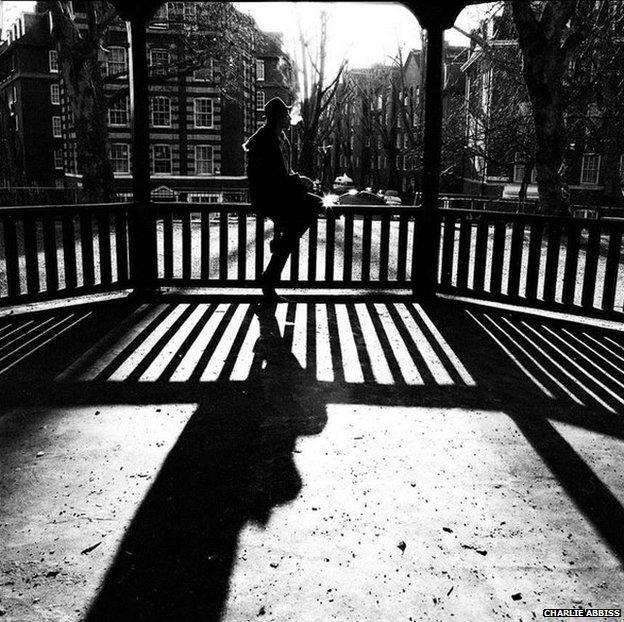
Also spearheading the revival is Film's Not Dead, external, formed by Charlie Abbiss and Tori Khambhaita after they both lost jobs in film labs. They sell cameras and film and run exhibitions from their London store, as well as a market stall.
"We have young customers that bought their first film camera from us, and now they are planning their uni applications, making sure they're going to have access to a darkroom," says Abbiss. But he says there's an equally strong resurgence from older photographers.
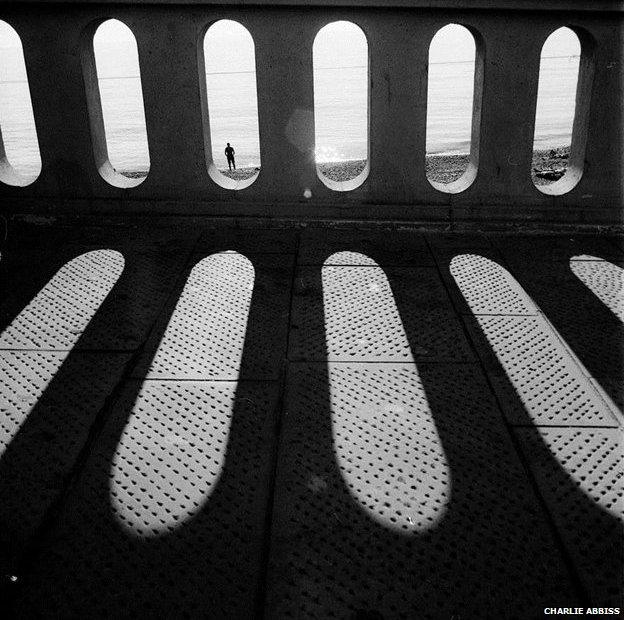
"The most reassuring scenario I've noticed recently is the emergence of older men and women wanting to use film again, exactly how they did before. They want the negatives, the envelope, the little prints, and something to hold onto for years to come," he says.
There can be no denying that film photography slows down picture-taking. There's a process to it which comes from a different age. Removing the film from packaging, loading it into the camera and winding it on - film photography is a litany of tactile movements.
With no screens to monitor and fudged pictures to delete, a film camera forces you to take pictures without the distraction of reviewing and editing them seconds later.
Many of the techniques popularised by digital photographers borrow heavily from film photography. Those artfully filtered Instagram pictures ape the Lomography movement, external, which put the emphasis on toy or lo-fi cameras, expired film or cross-processing film through the wrong chemicals to boost contrast and warp colours.
Some film manufacturers have gone to the wall in recent years, and even those that have survived have radically cut back on the kinds of films they still make - the National Geographic favourite Kodachrome has been culled in the past decade.
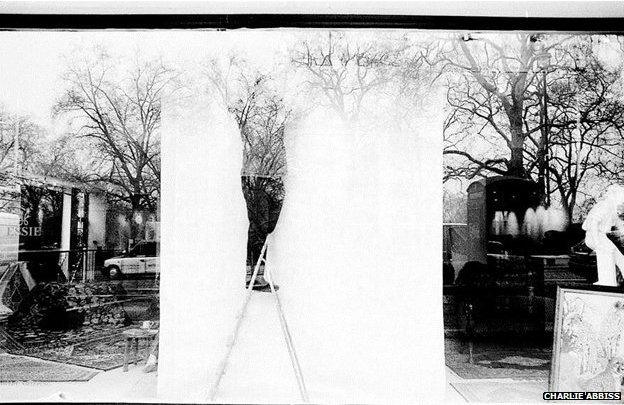
But Kodak continues to make film, and the British film manufacturer of black and white films, Ilford, appears to be in good health a decade after its management rescued the company from bankruptcy.
A similar rescue operation, external was staged in Italy last year by former employees of Ferrania. They turned to project funding website Kickstarter to save the machinery required to produce their old slide film. Five or six years ago you would have thought they were mad to even consider it.
England has seen the evidence on the shop floor. While old, familiar marques have disappeared, other companies have begun making news films, such as Adox in Germany, and Agfa-Gevaert in Belgium. One company, Cinestill, is even making film from rolls of Kodak's motion picture film, which is still championed by directors such as Quentin Tarantino and Christopher Nolan.
Joust will be among those sticking with film, drawing curious looks as he captures life on Baltimore's streets.
"Somebody might suggest to a sculptor to use metal or wood," he says, "but if clay is what they want to use, the benefits of those other materials just aren't important, because it's not the same thing."

More from the Magazine
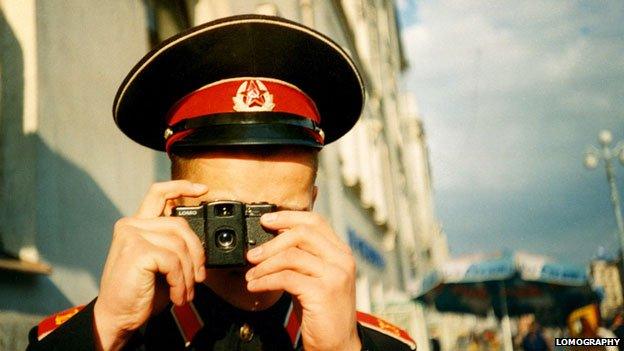
It was a nervous time for film photography when digital cameras took off in the 1990s, and seemed set to take over entirely. But with some help from Vladimir Putin - then deputy mayor of St Petersburg - the little Lomo camera became a retro cult classic, and showed film had a bright future.

Stephen Dowling runs the analogue photography blog Zorki Photo, external
Subscribe to the BBC News Magazine's email newsletter, external to get articles sent to your inbox.